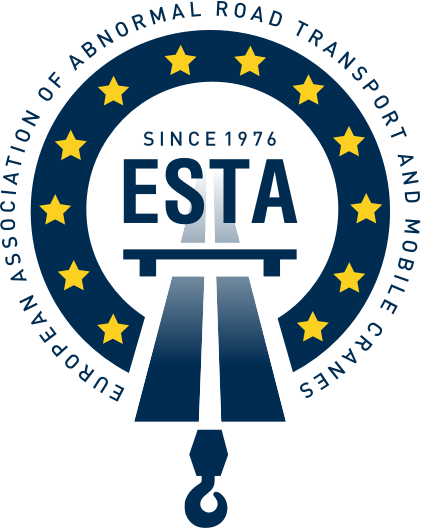ESTA and the IRU – the International Road Transport Union – have given a cautious welcome to parts of the European Commission’s ‘Fit-for-55’ proposals that aim to reduce CO2 emissions by 55% by 2030 and make the EU climate neutral by 2050.
But the organisations warned that the energy tax and emissions trading proposals together risk an unbalanced double-dip hit to road transport costs for European businesses.
The issue was discussed in detail at ESTA’s most recent board meeting, held in person in Amsterdam.
ESTA is a member of the IRU and both organisations believe binding targets for EU Member States to put in place an alternative fuel infrastructure network with specific requirements for commercial road transport and heavy-duty vehicles are a welcome step forward.
ESTA Director Ton Klijn said: “We support the objective of these new measures, which is to create more and new opportunities for the road transport industry to switch to economically viable alternative fuel technologies, and be able to refuel across the EU.”
But he added that the Commission is trying to make traditional road transport more expensive and ESTA and the IRU do not want to see an unbalanced overall cost increase for the industry without the Commission putting in place better alternatives, given the negative impact on the EU’s collective trade and competitiveness.
While energy taxation based on energy content and CO2 emission performance could be a positive move, combining this with road transport emissions rights trading based on individual vehicles means that commercial road transport operators will pay twice on emissions, once at the pump and again on the truck.
Klijn said: “This is an unfair and ultimately ineffective approach to reduce CO2 emissions in transport. All modes of transport should be treated equally in terms of taxes and incentives on energy and emissions. The present proposals contain too many sources of competition distortion and discrimination.”
ESTA and the IRU’s biggest concerns are the considerable potential cost increases and their lack of technological neutrality – that is to say, they do not apply the same standards to others forms of transport, such as rail or water.
The organisations said that the revised energy taxation framework will raise the fiscal burden for the most commonly used fuels in commercial road transport today. Road transport companies will foot the emissions trading bill at the pump, and if the current Eurovignette deal is confirmed, EU Member States could add another layer of CO2 charging on top of that.
The industry is eager to switch to alternative fuels, but specifically abnormal road transport and crane operators cannot easily do this because, in the short and medium term, alternative fuel technologies will not be operationally feasible for heavy-duty vehicles and mobile cranes.
Most measures encourage the switch to electricity and hydrogen. This is positive but not enough: a wider range of alternatives should be encouraged and the transition towards these fuels addressed by all proposals in the package.
Raluca Marian of the IRU said: “If alternative fuel infrastructure and vehicles are not rolled out across the EU as quickly as planned, and traditional fuels and technologies become exponentially more expensive at the same time, competition will be severely distorted, especially for transport operators who cannot rapidly move to alternatives.”
ESTA Director Ton Klijn added: “For ESTA, the entire road transport and construction machinery sector must be able to switch to economically viable alternatives. Therefore, the implementation timing of push and pull measures such as emissions trading and energy taxation must be adequately synchronised with the sufficient availability of alternative fuel vehicles and an adequate refuelling and charging infrastructure.”
